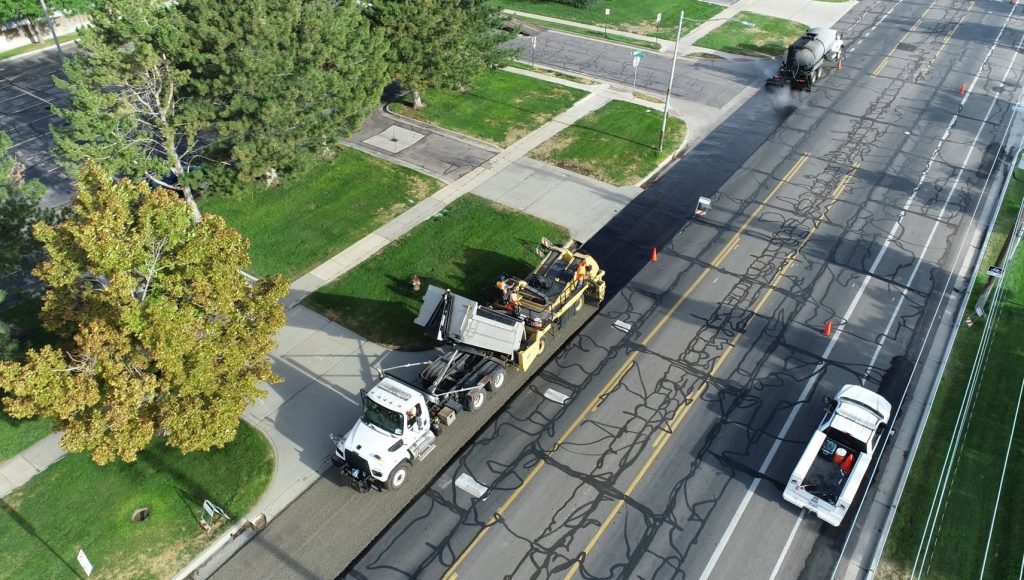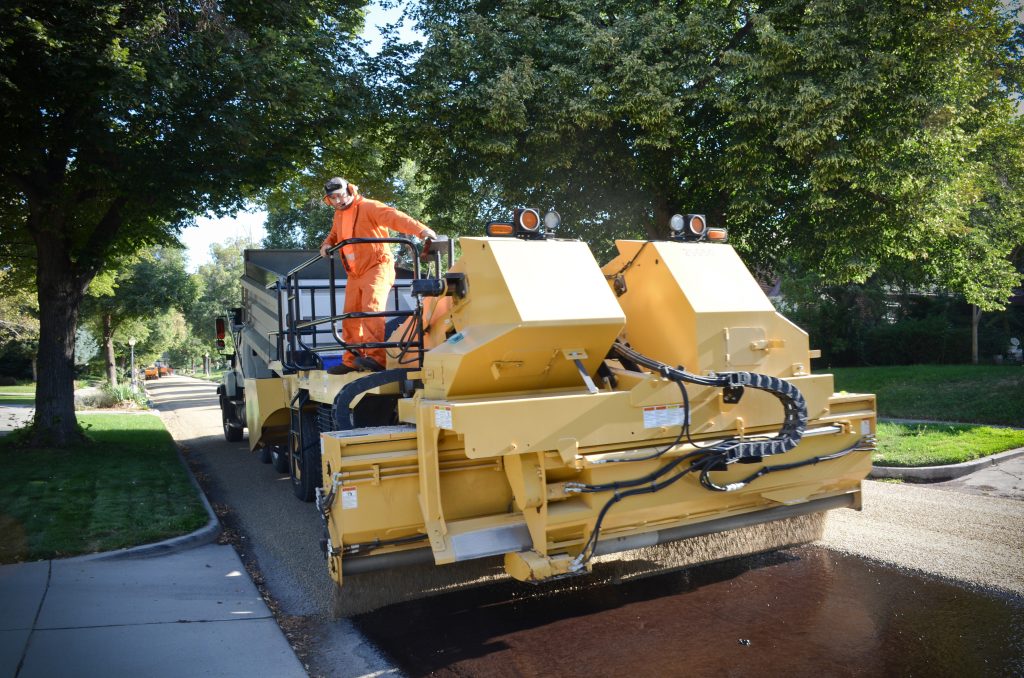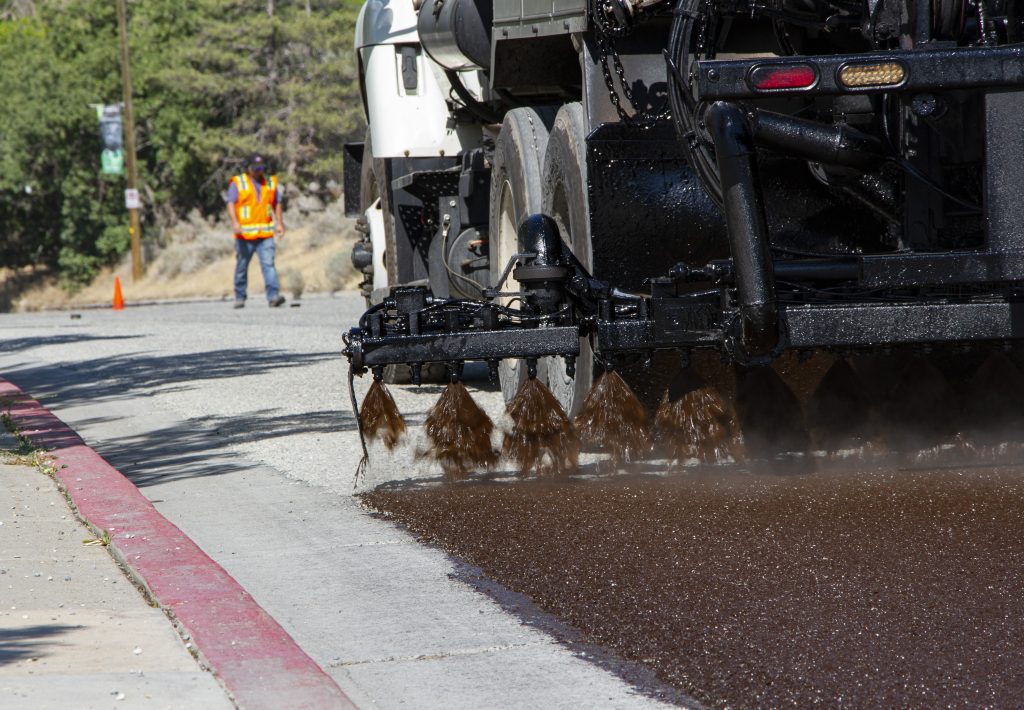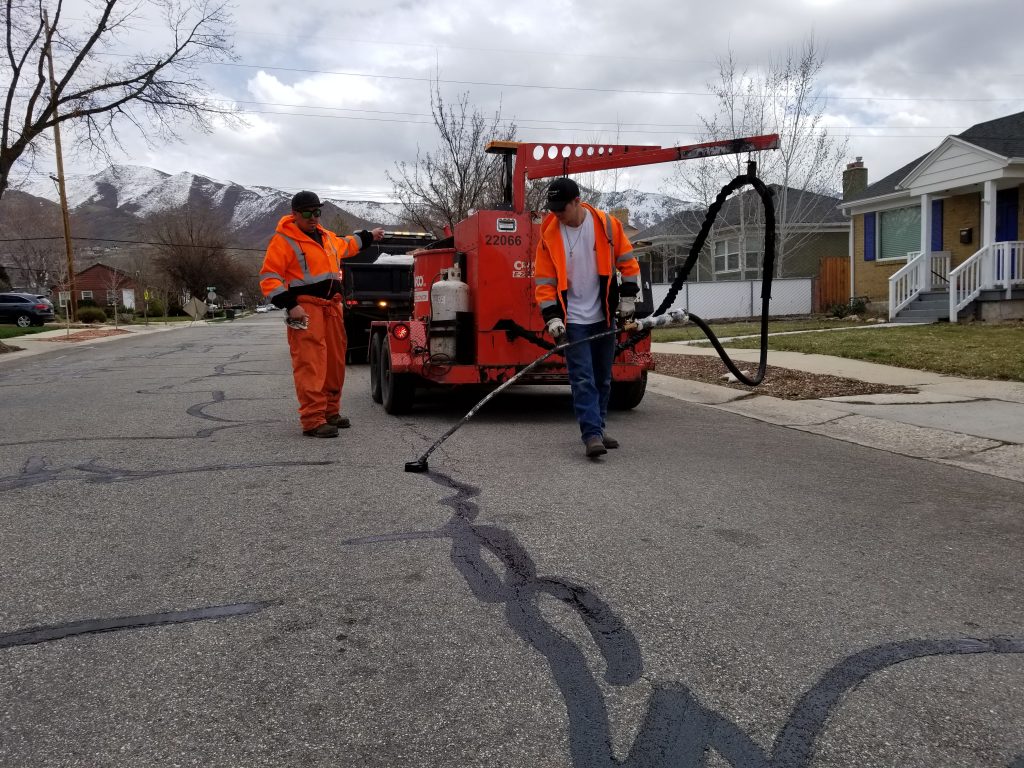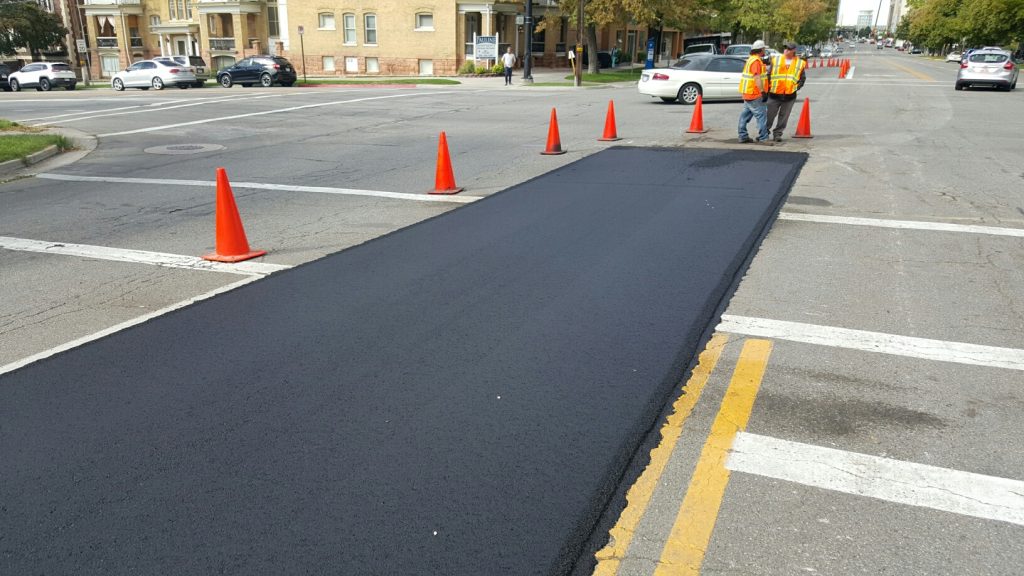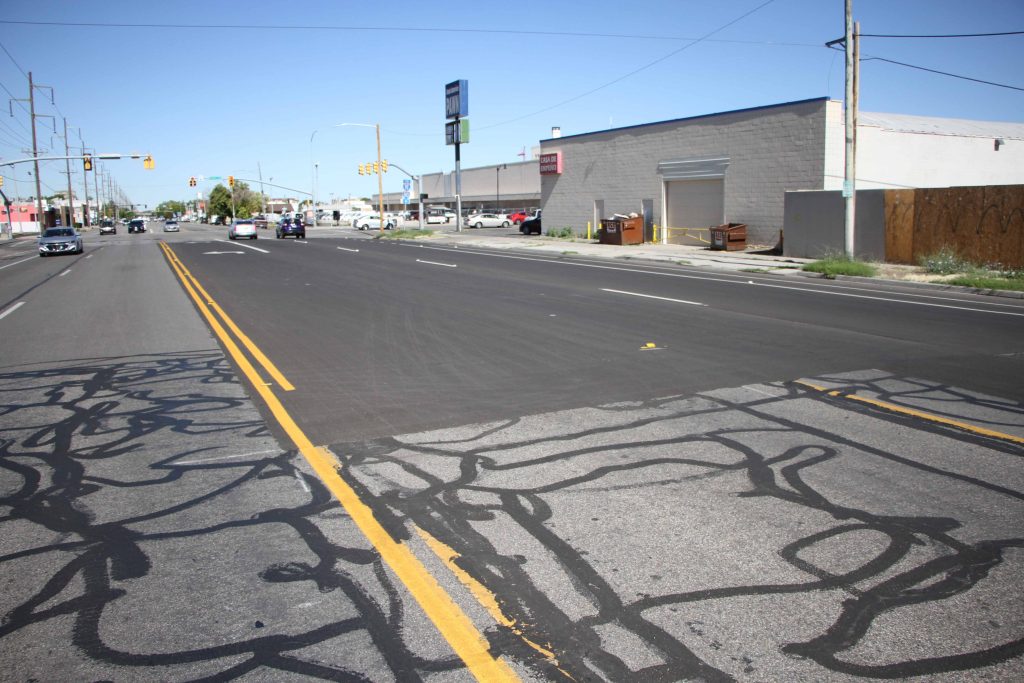Overview
Every year, Salt Lake City works to resurface about 130 lane miles of roads. This maintenance only takes a few days and helps keep streets in good shape for longer. Sometimes, resurfacing is also a chance to update lane striping to improve safety and traffic flow.
Visit this webpage to see a map of this year’s resurfacing projects, learn how the process works, and share your thoughts on any proposed striping changes.
2025 street resurfacing map
This schedule is subject to change.
Launch full-screen map in a new window. If the map doesn’t load, disable ad-blocking web browser extensions or try a different browser.
Learn about surface treatments
What is a surface treatment?
Surface treatments help keep Salt Lake City roads in good shape by protecting them from water damage and wear. Depending on the road’s condition, these treatments can add up to seven more years of life to the pavement. The Streets Division uses two main types: slurry seal and chip seal.
Slurry seal is a mix of water, asphalt, fine gravel, and other materials. Here’s how it works:
Slurry seal
- The day before the work, “No Parking” signs are posted.
- On the day of the treatment, the road is closed and cleaned with street sweepers.
- Then, a special truck spreads the slurry mixture across the road.
- It only takes about 2–4 hours to dry, so the work is usually finished in one day.
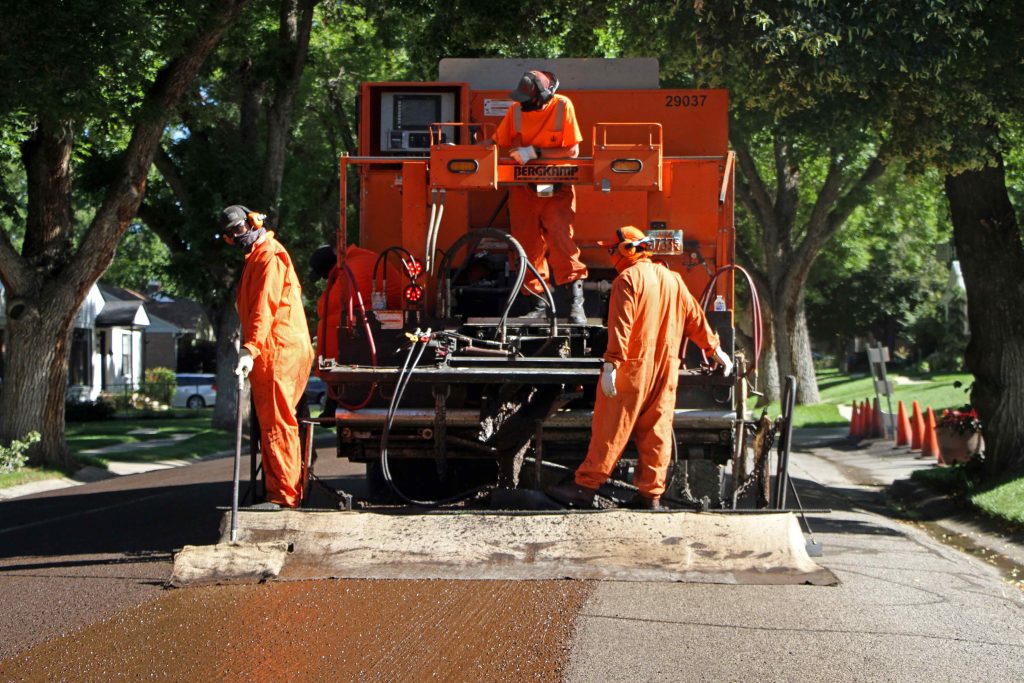
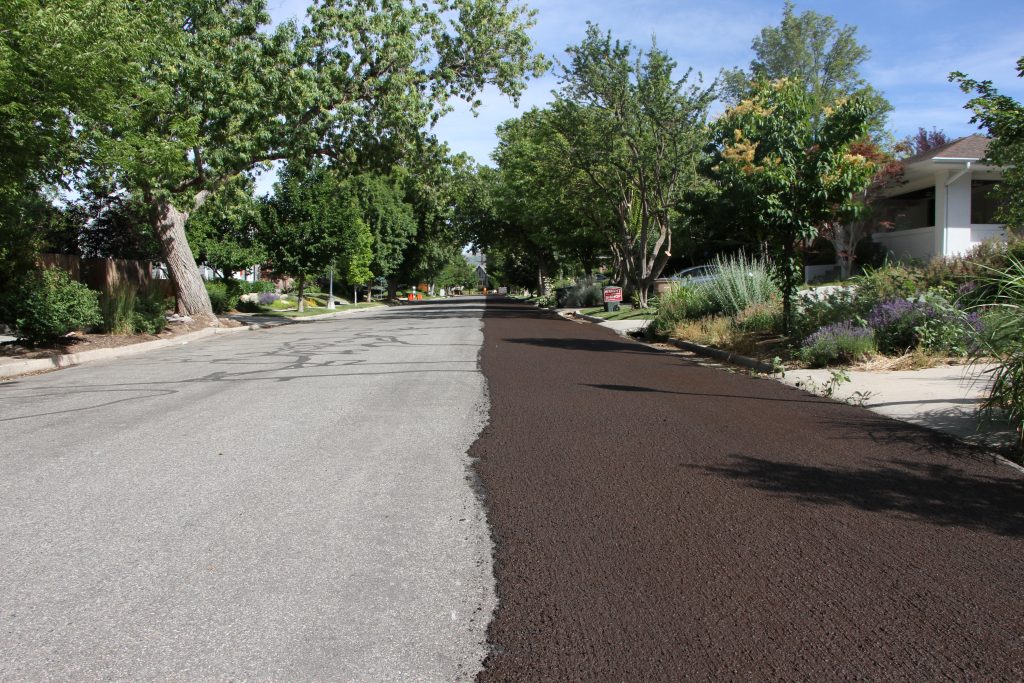
Chip seal
Chip seal takes a few days and involves multiple steps:
- “No Parking” signs go up the day before.
- On the first day, the road is swept clean and closed to traffic.
- An oil truck sprays the road with oil.
- A second truck spreads small gravel (“chips”) over the oil.
- Rollers press the gravel into the road surface.
- Afterward, sweepers clean up loose gravel.
- The road is reopened while the treatment sets over the next one to two days. Please drive 15 mph during this time.
Then comes the fog seal:
- The road is closed again, and another thin coat of oil is added. This helps the chip seal last longer and gives the road a clean, black finish.
- Once dry, the road reopens to traffic.
Final steps
After the treatment, new road markings are painted. Most are replaced as they were, but sometimes the Transportation Division updates the striping to improve safety or traffic flow. You can learn more about those updates.
Before any surface treatment, crews fix cracks and replace damaged spots on roads that are otherwise in fair condition. This prep work usually happens in the fall or spring before summer treatments begin.
Frequently asked questions
What are my responsibilities during a surface treatment?
- Do not park on the street from 7 a.m. to 3 p.m. until the “No Parking” signs are removed.
- Do not allow sprinklers to water the street the day of the surface treatment.
- Stay out of the construction zone.
- If applicable, follow temporary speed limit signs.
My vehicle was towed off of my street. How can I find it?
If a vehicle is still parked on the street the morning a surface treatment is scheduled, it will be towed to a nearby street so the work can happen. We record the vehicle’s location and give the information to the police so it isn’t reported as stolen. To find out where your vehicle was moved, call us at 801-535-2345.
Will this interfere with my weekly trash pick up?
The Streets Division schedules the timing of the surface treatment with the Waste and Recycling Division. This project will not interfere with weekly waste and recycling service.
How long will my street be closed?
How long a street is closed depends on things like the type of surface treatment, weather, and how complex the road is.
For slurry seal, which is a quicker, one-day process, the road usually closes at 7 a.m. and reopens in the early afternoon. Please don’t walk or drive on the fresh surface until it’s officially reopened—this helps prevent damage to your vehicle, your property, and the new road.
Chip seal takes place over several days, but the road will only be fully closed twice: once for the chip seal and once for the fog seal. Each closure starts at 7 a.m. and ends in the early afternoon. Between those two phases, the road stays open, but it may have loose gravel. During this time, please drive slowly—15 MPH or less—to stay safe and protect your vehicle.
Will I have access to my driveway during the surface treatment?
Streets will work to minimize disruption to residents and businesses. If you have special needs, please call us at 801-535-2345
Why does the city change the striping layout on certain roads?
Surface treatments give Salt Lake City a chance to improve road striping. These updates help make streets safer and easier to use—whether you’re walking, biking, driving, or using public transit.
What is a lane reconfiguration?
A lane reconfiguration means reducing the number of vehicle lanes to make the street safer and use the extra space for other purposes—like bike lanes, wider sidewalks, or other public needs. The goal is to improve safety, comfort, and access for everyone using the road, whether you’re walking, biking, driving, or riding transit. Salt Lake City has been updating lane striping for years to better meet the needs of the community. Since the early 2000s, more than a dozen streets—from busy roads like North Temple to neighborhood streets like 1300 East—have been reconfigured this way.
Why do you seem to do so many lane reconfigurations as part of resurfacing projects?
A lane reconfiguration is a change that can be made just by repainting the road and adding new signs, which is why it’s often done during resurfacing projects. When a road gets a surface treatment, all the old paint is covered, creating a clean slate. This gives the City a chance to reduce or adjust the number of vehicle lanes. If the Transportation Division decides it’s a good fit, they can change the number, width, or location of lanes to better serve how people travel through the area.
Why can’t more transportation projects be done to the roadway during a resurfacing treatment?
Surface treatments are scheduled based on the condition of the asphalt. Sometimes, we’re able to align these with nearby transportation projects. However, larger transportation projects can take years to plan, fund, design, and build. Because of this, it’s usually not practical to delay surface treatments just to match the timeline of a nearby project.
Can the signs be replaced with flashing signs and speed radar signs during a surface treatment?
Usually, surface treatment projects don’t include new or updated street signs. These projects are focused on extending the life of the road, not upgrading signs. However, if the striping on the road is being changed, we will update or add signs as needed to match the new layout.
Will you be reconstructing the street?
No, a surface treatment is not the same as a full road reconstruction. Surface treatments are used to extend the life of the existing road by adding a protective layer on top of the asphalt. This helps delay the need for a full rebuild.
A full reconstruction is much more expensive and takes a lot more time. It involves removing and replacing all the asphalt—and sometimes even the road base, curbs, gutters, and sidewalks. Surface treatments are quicker, more affordable, and less disruptive for drivers.
If my street is receiving a surface treatment this year, does that mean it’s going to be reconstructed soon?
Probably not. If your street is in good enough shape to receive a surface treatment, then it’s likely that it isn’t near the top of the list for a full reconstruction.
My street looks to be in really poor condition. Will it be resurfaced soon?
Probably not. If a street is in really bad shape, it will eventually need a full reconstruction. Putting a surface treatment on a street with severely damaged asphalt doesn’t help much and won’t extend its life. It would also waste public money since the surface treatment would be removed when the road is rebuilt anyway.
Why are surface treatments rescheduled?
Surface treatments are usually rescheduled for one of two reasons: bad weather or equipment problems. These treatments need warm, dry weather to work properly, but sometimes a summer storm can delay the work. Other times, our equipment may break down. If either of these happens, we’ll leave a notice on your door and let you know when the work will be rescheduled.
Why does the city use two different types of surface treatments?
Slurry seal and chip seal are used for different types of roads based on their condition. If the road is in bad shape, the City usually uses a chip seal. This treatment uses small gravel pieces and is stronger and lasts longer. For roads that are in fair or good condition, a slurry seal is a better choice.
My road was reconstructed last year. Why is the city already working on it again?
The best time to apply a surface treatment is one to two years after a road is built. This helps seal the road and keep water out, which can damage the asphalt over time. Doing this early on gives the road the best chance to last longer.
How does the city determine what roads receive a surface treatment?
Each year, Salt Lake City picks streets for surface treatment based on several factors, including their condition (called the Overall Condition Index), the type of road (major, minor, or neighborhood), how cost-effective the treatment is, and whether the road is a good fit for it.
Funding
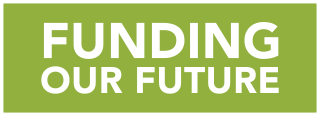
Increased pavement maintenance is one of the projects funded through Funding Our Future sales tax.
Timeline
- Early spring: Project announcement
- Late spring: Draft striping layout available for community input on roads with potential striping changes
- 3-4 weeks before surface treatment: Final striping layout available on website and door hanger notice sent to residents that outlines what to expect during the surface treatment project
- Summer: Street is resurfaced and restriped (if applicable)
